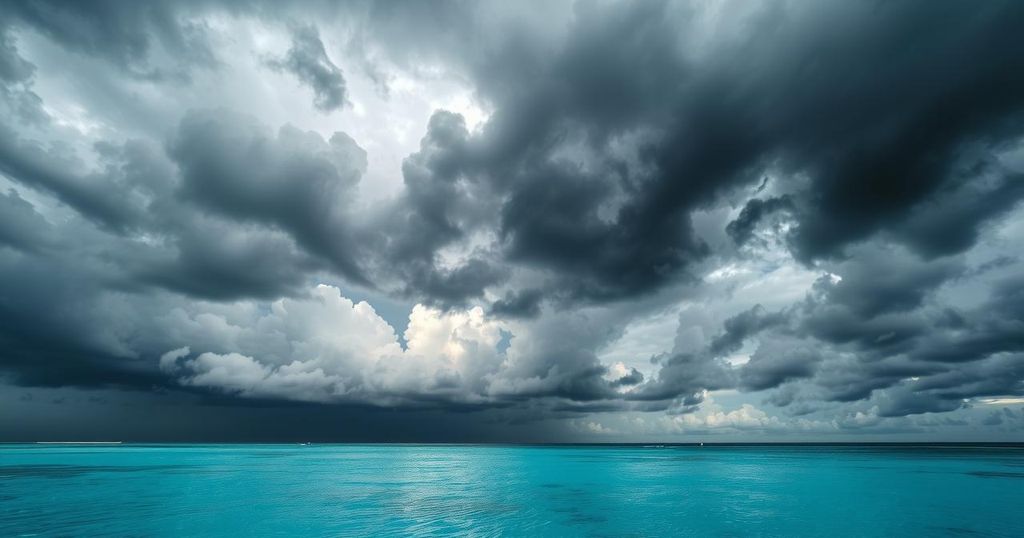Cuba Braces for First Tropical Wave of the Season with Increased Rain
Cuba anticipates its first tropical wave of the season, expected to bring increased rainfall and thunderstorms this week. Rains will begin in the eastern region on Tuesday and spread westward. Meteorologists are monitoring the situation closely, and NOAA warns of an above-average hurricane season ahead.
Cuba is preparing for its first tropical wave of the season which is expected to bring considerable rain and potential thunderstorms. This weather system is set to sweep through the Caribbean this week, causing a major uptick in precipitation across the country.
Meteorologist Raydel Ruisánchez shared insights via his Facebook post, indicating that combined effects of intense daytime heating, local dynamics, and a cyclonic circulation in the upper atmosphere will foster an uptick in shower and thunderstorm activity. Rains are expected to begin on Tuesday in eastern Cuba before moving westward over the coming days.
According to Ruisánchez, there will be a particular focus on monitoring the system’s development, as instances of heavy rain and possibly severe storms are common during this rainy season in Cuba. By Sunday, rainfall is anticipated to concentrate in the western portion of the island, particularly the northernmost regions and parts of the south.
The forecast indicates storms will be accompanied by electrical activity, though Ruisánchez noted that rainfall may be more isolated or minimal in regions outside the western areas. The meteorologist’s predictions stem from several local models projecting rain accumulation, urging the public to remain vigilant due to the potential for thunderstorms.
Transitioning to broader weather trends, Cuban meteorologist José Rubiera discussed the origin of this first tropical wave, noting it departed Africa recently. He emphasized that, while it is an interesting phenomenon, it does not pose any immediate threat. Rubiera stated, “It’s a weak system moving through the Atlantic without any consequences. The conditions are not right for any formation in the Atlantic at this time.”
Adding context, the National Oceanic and Atmospheric Administration (NOAA) shared its forecast for the 2025 Atlantic hurricane season, anticipating an above-average season marked by a likelihood of substantial storms. The forecast, issued just prior to the season’s official start from June 1 to November 30, estimates 13 to 19 named storms; this includes 6 to 10 that could develop into hurricanes, with 3 to 5 potentially reaching a major category.
NOAA’s projections cite several climatic factors as influencers, including warmer-than-average sea temperatures in the Atlantic and Caribbean, a neutral phase of the El Niño-Southern Oscillation, and a more pronounced African monsoon which may lead to the generation of more tropical waves capable of evolving into hurricanes.
In light of the incoming tropical wave, residents are urged to stay informed and take precautions, particularly in low-lying areas vulnerable to flooding or those with inadequate drainage systems. The month of May traditionally signals the beginning of Cuba’s rainy season, a time when humidity rises and thunderstorms become more common in the afternoons.
In summary, Cuba’s first tropical wave of the season is set to increase rainfall and thunderstorms across the country beginning Tuesday. Meteorologists are actively monitoring the situation, while NOAA forecasts an above-average Atlantic hurricane season ahead. Residents are advised to remain cautious and prepared as the rainy season unfolds, emphasizing the importance of staying updated on weather conditions.
Original Source: en.cibercuba.com




Post Comment